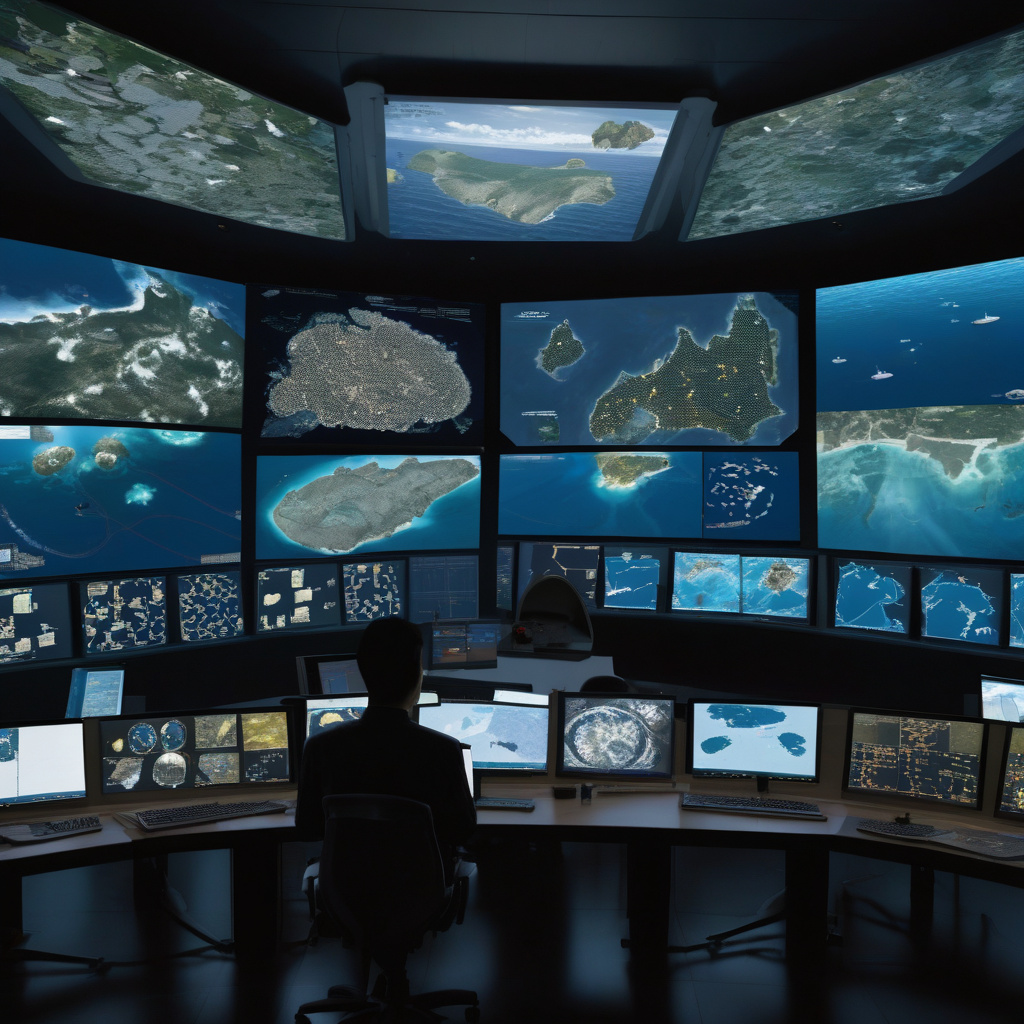Enhancing Maritime Security: The Role of AI Surveillance Systems in Monitoring Indonesia’s Seas
In early 2025, piracy in the Singapore Strait saw a significant spike, quadrupling the number of reported incidents and sending shockwaves through the maritime industry. This alarming surge has prompted urgent calls for more robust deterrence measures to safeguard the region’s waters and ensure the safety of vessels navigating through these critical trade routes.
In response to this escalating threat, Indonesia has recently introduced a state-of-the-art AI surveillance system designed to monitor and protect its vast maritime territory. Leveraging cutting-edge technology, including artificial intelligence, machine learning, and real-time data analytics, this innovative system represents a significant milestone in the country’s efforts to enhance maritime security and combat maritime crimes such as piracy.
One of the key advantages of AI surveillance systems is their ability to analyze vast amounts of data from various sources, including radar systems, satellite imagery, AIS signals, and weather reports, in real time. By employing advanced algorithms and pattern recognition capabilities, these systems can detect suspicious activities, identify potential threats, and alert authorities to take timely and effective action.
Moreover, AI surveillance systems can enhance the efficiency and effectiveness of maritime patrols by enabling authorities to focus their resources on high-risk areas and prioritize response efforts based on real-time intelligence. By providing decision-makers with actionable insights and situational awareness, these systems can help prevent incidents of piracy, illegal fishing, smuggling, and other maritime crimes before they escalate.
The deployment of AI surveillance systems in Indonesia’s seas not only strengthens the country’s maritime security capabilities but also contributes to regional efforts to combat transnational maritime threats. By sharing information and coordinating activities with neighboring countries and international partners, Indonesia can create a more secure and stable maritime environment that benefits the entire region.
Furthermore, the use of AI technology in maritime surveillance reflects a broader trend towards digital transformation in the maritime industry. As the global economy becomes increasingly interconnected and reliant on maritime trade, there is a growing recognition of the need to leverage technology to enhance safety, security, and efficiency in maritime operations.
In conclusion, the introduction of a new AI surveillance system to monitor Indonesia’s seas marks a significant step forward in the country’s efforts to combat piracy and other maritime crimes. By harnessing the power of artificial intelligence and data analytics, Indonesia is not only strengthening its maritime security capabilities but also setting a positive example for other countries in the region to follow. As threats in the maritime domain continue to evolve, embracing innovative technologies such as AI surveillance systems will be essential to ensuring the safety and security of the world’s oceans.
maritime security, AI surveillance systems, Indonesia, piracy deterrence, maritime industry
